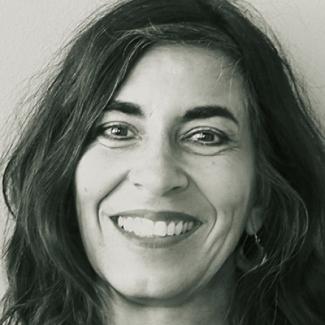Terrorism
Neo-Nazi trial with many unanswered questions
The so-called NSU (National-Socialist Underground) was – or possibly is – an armed far-right organisation, whose members operated in Germany between the late 1990s and 2011, when they were exposed. At that occasion, two men committed suicide, and the third surviving member, a woman, was now sentenced to life. A few neo-Nazi helpers were sentenced to relatively short stints in jail.
This sounds like a straightforward issue, but it isn’t.
First of all, it is not clear whether the NSU is destroyed or still operational. After this five-year trial, Beate Zschäpe, the surviving member of the core of this neo-Nazi gang, has been found guilty of 10 racially motivated murders. More than 600 witnesses were heard in the Munich court, making the trial one of the biggest in Germany's post-war history. However, there are lots of open questions.
For instance, there are substantial doubts regarding the narrative that the NSU had only three members, of which two are dead and one in jail. There may well be more members, possibly armed. Ethnic minorities in Germany worry that there are still unknown neo-Nazi terrorists ready to carry out more murders. Even after the exposure of the NSU, more people belonging to ethnic minorities were killed, possibly motivated by racial hate – like Burak Bektaş, a young man from Berlin who was shot in the street, out of the blue. His murderer has not been apprehended as yet.
Secondly, there were a lot of suspicious incidents surrounding the operations of the far-right gang as well as the police trailing of them. German authorities had build up a tight network of paid informants within the neo-Nazi community. Therefore, they had access to information regarding the whereabouts of the NSU cell in the 13 years of their underground life. How come the gang was never apprehended? Witnesses claimed at the trial that they received money for passing information onto domestic intelligence services – and then used this money to finance exactly those right-wing extremist groups which they were supposed to monitor.
A member of the German domestic intelligence authorities happened to be at the scene when one of the victims was killed. However, he claimed not to have heard the shot, neither noticed the man bleeding to death. His behaviour around this incident is more than suspicious, but direct involvement could not be proven.
Just after the exposure of the NSU, members of the German domestic intelligence service destroyed incriminating files. Authorities now stand accused of institutionalised racism and of covering up the links between intelligence services, police and right-wing groups.
However, this was not a part of this lawsuit. The German public needs to wait for further investigations and a new trial to hear the truth about the extent of the intelligence services’ involvement in neo-Nazi activities. It is clear, though, that failing to discover the NSU murder plot has exposed serious shortcomings in the German state's monitoring of far-right groups.
Third, there are many blank spots in the investigation. Just to name one: the ten murders took place in various cities, all of them far away from the terrorists’ home town. They must have had local contacts in these cities who scouted the victims. These local contacts are yet to be identified and brought to justice.
This last issue is one that worries the families of the victims as well as all ethnic minorities in Germany. Abdulkerim Şimşek is the son of one of the NSU victims; his father was killed in Nuremberg. Şimşek points out that the scout with local knowledge who identified his father to the neo-Nazi perpetrators has not been found: “This scout and other NSU helpers are still running free around here. That bothers me a lot.”
At present, more people in Germany and in Europe seem to worry about refugees and possible Islamists amongst them. However, the far right is much more active and responsible for many attacks on ethnic and religious minorities.
The chairman of the first parliamentary commission of inquiry into the NSU complex, Sebastian Edathy, clearly stated that “the danger of the violent extreme right is being underestimated by the German authorities.”
Many hopes were put on this trial; many people hoped to get answers. This, however, has not happened. There are still numerous blank spaces in this story, unknown helpers on the loose, and too many unanswered questions. This leaves ethnic minority Germans as well as foreigners in Germany with qualms and misgivings for the future.












